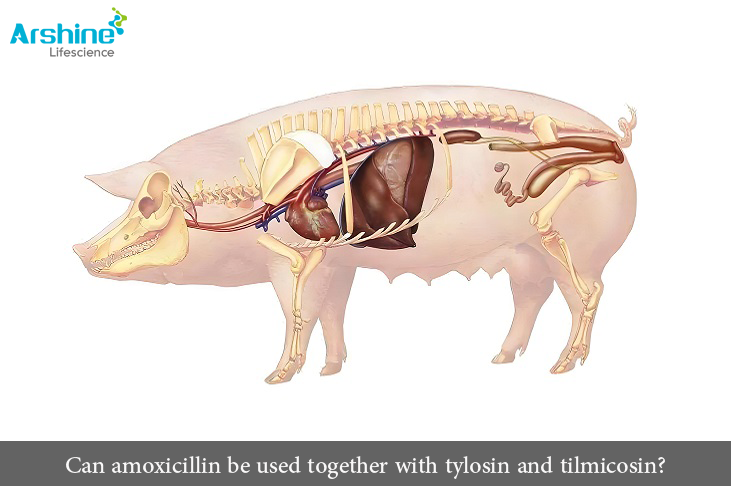

In pig farming production and the treatment of pig diseases, especially in the treatment of respiratory system diseases, many people use compound amoxicillin, amoxicillin, ceftiofur, and cefquinome in combination with tylosin and tilmicosin. But is this scientific and reasonable? Opinions vary.
So, is it really reasonable to prescribe a combination of amoxicillin, cefquinome, tylosin, and tilmicosin? Let's analyze it from the perspective of antibiotic classification and combination principles to provide a reference and exchange for frontline clinical veterinarians.
According to the nature of their action, antibiotics can be divided into four categories:
When combining the above antibiotics, their effects can be synergistic, additive, unrelated, or antagonistic.
According to research and statistical reports, when two antibiotics are used together, about 25% show synergistic effects, about 60-70% show unrelated or additive effects (mostly unrelated), and about 5-10% show antagonistic effects.
Combining bactericidal agents in the stationary phase with rapid bacteriostatic agents can produce synergistic and additive effects. Combining bactericidal agents in the growth phase with slow bacteriostatic agents results in unrelated effects. Combining bactericidal agents in the growth phase, stationary phase, and rapid bacteriostatic agents often results in synergistic and additive effects.
Based on the above principles, the interaction results of combining different antibiotics are as follows:
Therefore, according to the above combination principles, combining amoxicillin, cefquinome, tylosin, and tilmicosin results in an "antagonistic" combination, reducing the therapeutic effect. Therefore, they should not be combined.
When combining drugs, it is advisable to choose drugs with synergistic or additive effects, such as the combination of penicillins, cephalosporins, or other β-lactams with aminoglycosides. The number of drugs combined: typically, two drugs are used in combination, while combinations of three or more drugs are only suitable for individual cases, such as the treatment of more severe infections.
Cephalosporins are a widely used class of antibiotics in pig farms, with significant differences in antibacterial characteristics among different cephalosporins. Due to a lack of understanding in pig farms, cephalosporins are often used irrationally. This not only greatly increases drug costs but also misses the best time for prevention and treatment, causing unnecessary losses to the farm.
Add: Block 14, No.100, Luyun Road, Changsha 410205, Hunan, China.
Email: info@arshinevet.com
WeChat: +8618874001228
WhatsApp: +8615697311407
Tel:86-731-82294958